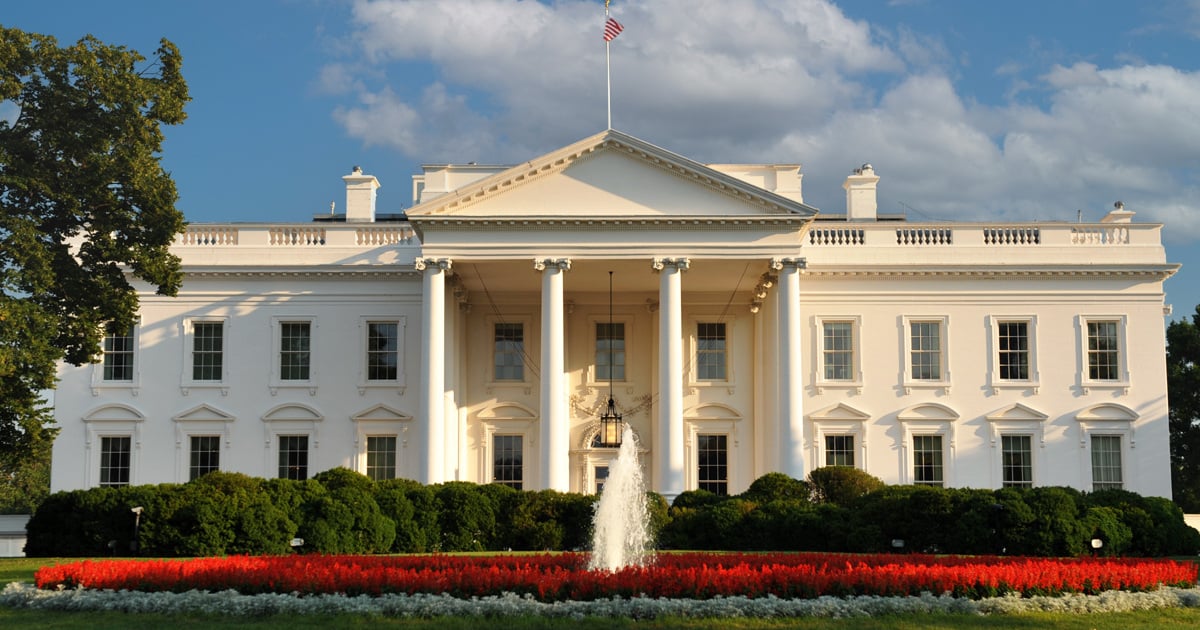Additional Context on Powers of the President of the United States

An oft-quoted cliche about a fast start is that someone “hit the ground running.” That certainly characterizes our new President and his blizzard of executive orders, directives, and announcements. On the other hand, a cliched criticism is that “fools rush in where angels fear to tread.” Both characterizations are apt regarding the President, as well as the commentary about the President’s actions, particularly media commentary.
In an earlier Cooley blog piece, I summarized the particular powers that the Constitution gives to the President of the United States. My aim here is to offer a more general frame of reference to guide both praise and scorn for the President’s initial actions–to provide context in assessing criticisms and justifications of presidential actions.
“He shall take care that the laws be faithfully executed . . . .”1 Beyond this simple admonition, he is to recommend (to Congress) such measures as he shall judge necessary and expedient . . . .”2 And the President is required to swear or affirm that he will “faithfully execute the office of President of the United States . . . and will to the best (of his) Ability, preserve, protect, and defend the Constitution of the United States.”3
While the earlier blog focused on the explicit powers allocated to the President by the Constitution, one may think of these three provisions as collective limitations of presidential power. First, the President is to “faithfully“ execute the laws, which are established by Congress or by the Constitution itself. This is the basis for the common understanding that the executive branch executes or implements the laws established by the legislative branch. A president has no power to make laws or amend the Constitution.4
Second, if a president desires to change a law (or the Constitution), his power is limited to providing a recommendation to the legislative branch (Congress).5 A president may not use executive orders or directives to accomplish changes in lieu of making recommendations for such changes.6
Third, limitations are embodied in the oath required of a president. That oath obliges an incoming president to execute the office as it exists, not the office a president wishes existed. The overarching duty of a president is to the Constitution, which a president is required to preserve, protect, and defend.
A president of the United States is a creature of the Constitution, who lacks the power to change either the Constitution or the laws of the United States. Presidential power is described in Article II. A president may not assert any power that is assigned to the other branches by the Articles I and III of the Constitution.
Third, limitations are embodied in the oath required of a president. That oath obliges an incoming president to execute the office as it exists, not the office a president wishes existed. The overarching duty of a president is to the Constitution, which a president is required to preserve, protect, and defend.
A president of the United States is a creature of the Constitution, who lacks the power to change either the Constitution or the laws of the United States. Presidential power is described in Article II. A president may not assert any power that is assigned to the other branches by the Articles I and III of the Constitution.
About the Author: Don LeDuc is the retired president and dean of Cooley Law School. His book, Michigan Administrative Law, is revised and published annually by the West Group. He is a member of Scribes, the American Society of Writers on Legal Subjects, and received the Golden Pen Award from the Legal Writing Institute. This article is part of a multi-part series discussing the meaning of the U.S. Constitution's words.
1 Article II, Section 3.
2 Also Article II, Section 3.
3 Article II, Section 1 (final clause). The current President swore that he would do so.
4 Query whether a president has the constitutional power to impose a tax, which is what a tariff is.
5 The President has no power to initiate an amendment to the Constitution, although a president may recommend that Congress do so. But a president may engage in the process by which a group of states would recommend such an amendment.
6 Compare the constitutional power of the Governor of Michigan to use executive orders to abolish, create, or recreate departments and components of departments. See 1963 Mich. Const., Art. V, Sec 2; LeDuc, Michigan Administrative Law, Sections 1:4 and 2:5 (Thomson Reuters).
2 Also Article II, Section 3.
3 Article II, Section 1 (final clause). The current President swore that he would do so.
4 Query whether a president has the constitutional power to impose a tax, which is what a tariff is.
5 The President has no power to initiate an amendment to the Constitution, although a president may recommend that Congress do so. But a president may engage in the process by which a group of states would recommend such an amendment.
6 Compare the constitutional power of the Governor of Michigan to use executive orders to abolish, create, or recreate departments and components of departments. See 1963 Mich. Const., Art. V, Sec 2; LeDuc, Michigan Administrative Law, Sections 1:4 and 2:5 (Thomson Reuters).
